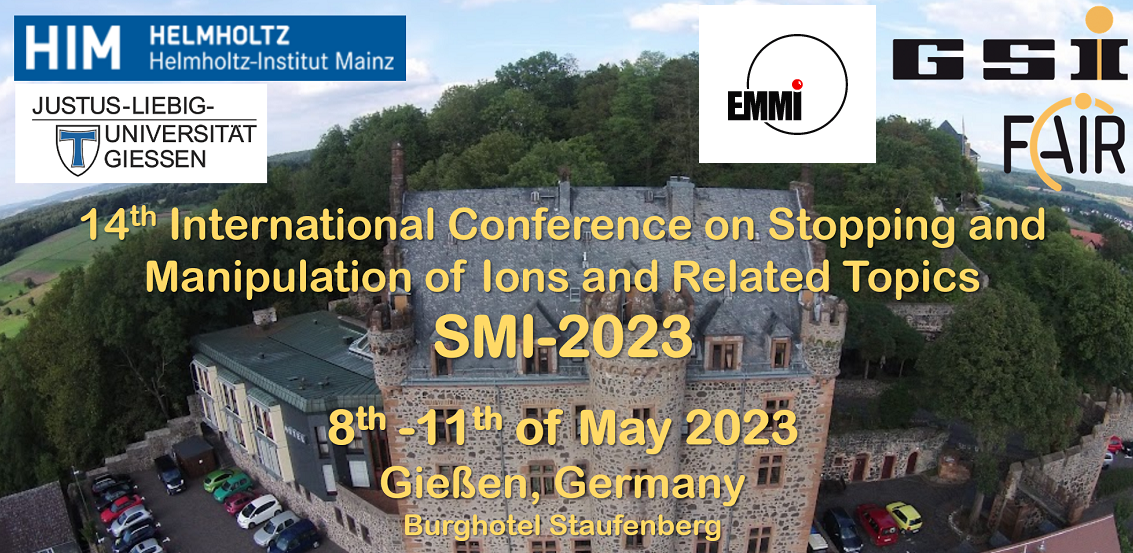Sprecher
Beschreibung
The gas-stopping technique is considered very efficient for slowing down the incident radioactive beam ions having from E = a few 10 keV to a few GeV and manipulating for further applications [1-3]. After multiple collisions with buffer gas atoms, the ions are thermalized, transported by the DC field or the RF field or combined both, and utilized for various applications, i.e. high precision measurement or reacceleration.
In the ISOL beamline at RAON, a heavy-ion accelerator complex that is newly constructed in Korea [4], a gas-cell cooler and buncher, shortly GCCB has been installed to manipulate the low energy RI beam ions produced by the ISOL method, whose design is based on that in the KISS facility (KEK/WNSC). Filled with room-temperature helium gas of low pressure below 2.5 mbar, it implements a combination of DC and RF fields to utilize ion surfing mode for ion transportation [5]. The ions near the exit orifice are extracted by the gas flow, guided by an RFQ ion guide, and delivered to a trap system. The trap system comprises two linear Paul traps and a flat trap, after which an MRTOF mass analyzer is located. The characteristics of the GCCB were investigated by an ion source inside and outside the gas cell after construction, where the MRTOF was utilized for analyzing the behaviors it showed under different conditions.
As another gas stopper in RAON, an RFQ cooler-buncher was installed to provide bunched ions of improved emittance for an electron beam ion source (EBIS) and a collinear laser spectrometer (CLS) in 2021 [6] and is now operational.
In this presentation, the current status of the gas stoppers (GCCB and RFQ-CB) as well as the ISOL facility in RAON will be shared.

